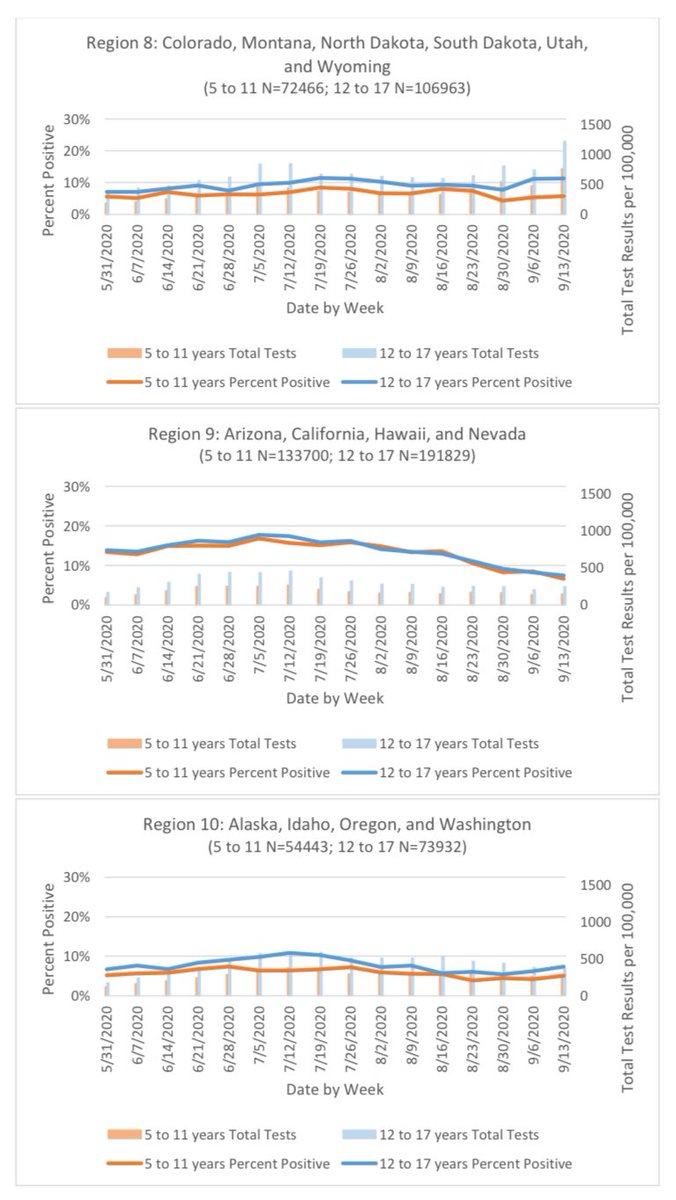
(1/4) Study of a #COVID19 cluster at a family gathering, in which a 13-year old girl was the index case. Despite being only mildly symptomatic, she likely transmitted the virus to 11 of 19 family members (58%). One person was hospitalised, but recovered.
cdc.gov/mmwr/volumes/6…
cdc.gov/mmwr/volumes/6…

(2/4) The index case had been exposed to a large #COVID19 outbreak away from home. After returning home, she was tested with a rapid antigen test (four days after exposure) which was negative. She was asymptomatic at the time of the test, and developed symptoms two days later.
(3/4) Rapid antigen tests are generally less sensitive than a PCR test, meaning that not all infections may be detected.
Anyone who is exposed to a person with #COVID19 should self-isolate for 14 days, even if their test result is negative. It may be a false negative.
Anyone who is exposed to a person with #COVID19 should self-isolate for 14 days, even if their test result is negative. It may be a false negative.
(4/4) Six relatives who visited for 10 hours on day 3 of the gathering, and for 3 hours on day 10, did not appear to become infected (4 tested negative).
These relatives did not wear face masks during the gathering, but remained outside and practiced physical distancing.
These relatives did not wear face masks during the gathering, but remained outside and practiced physical distancing.
• • •
Missing some Tweet in this thread? You can try to
force a refresh










